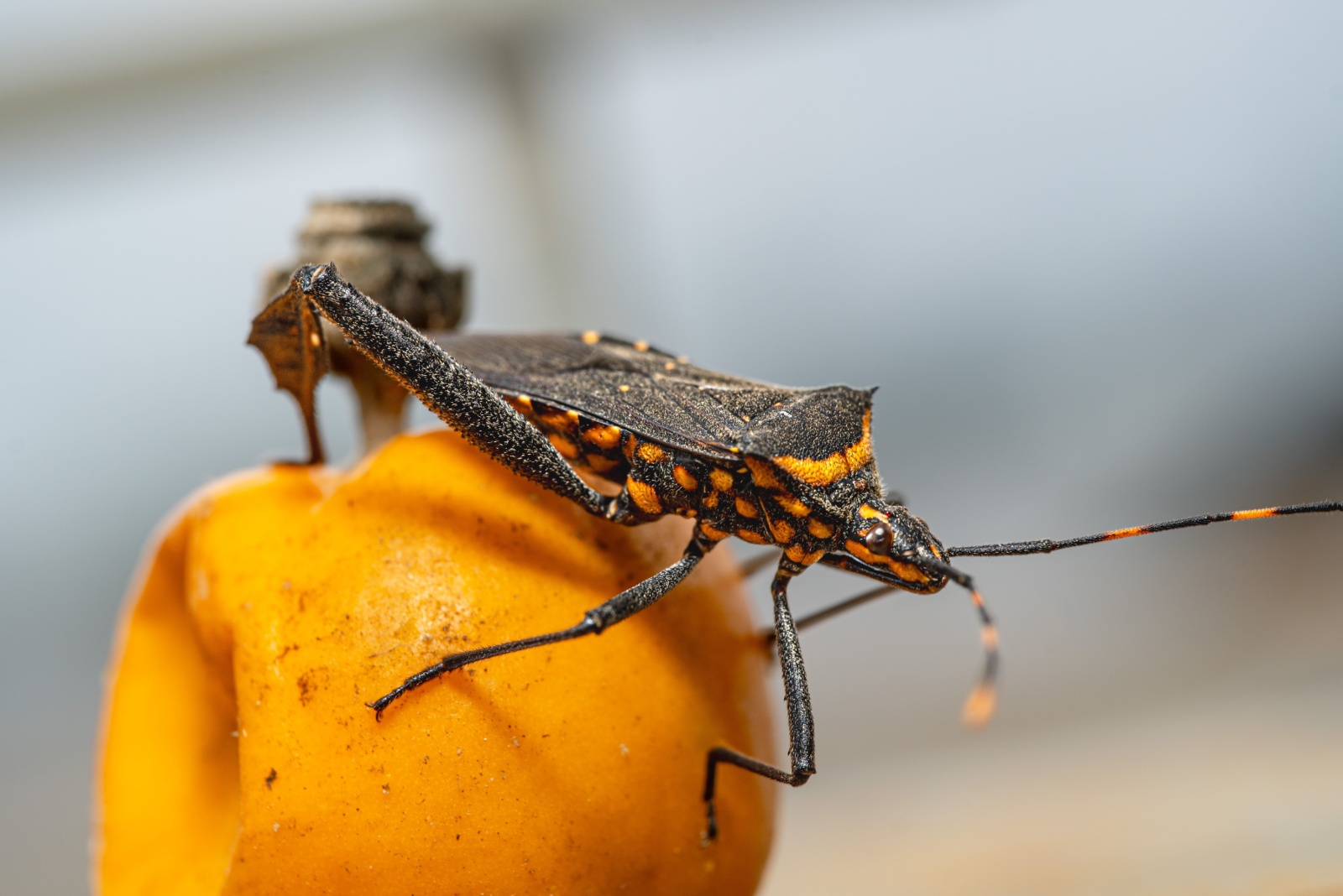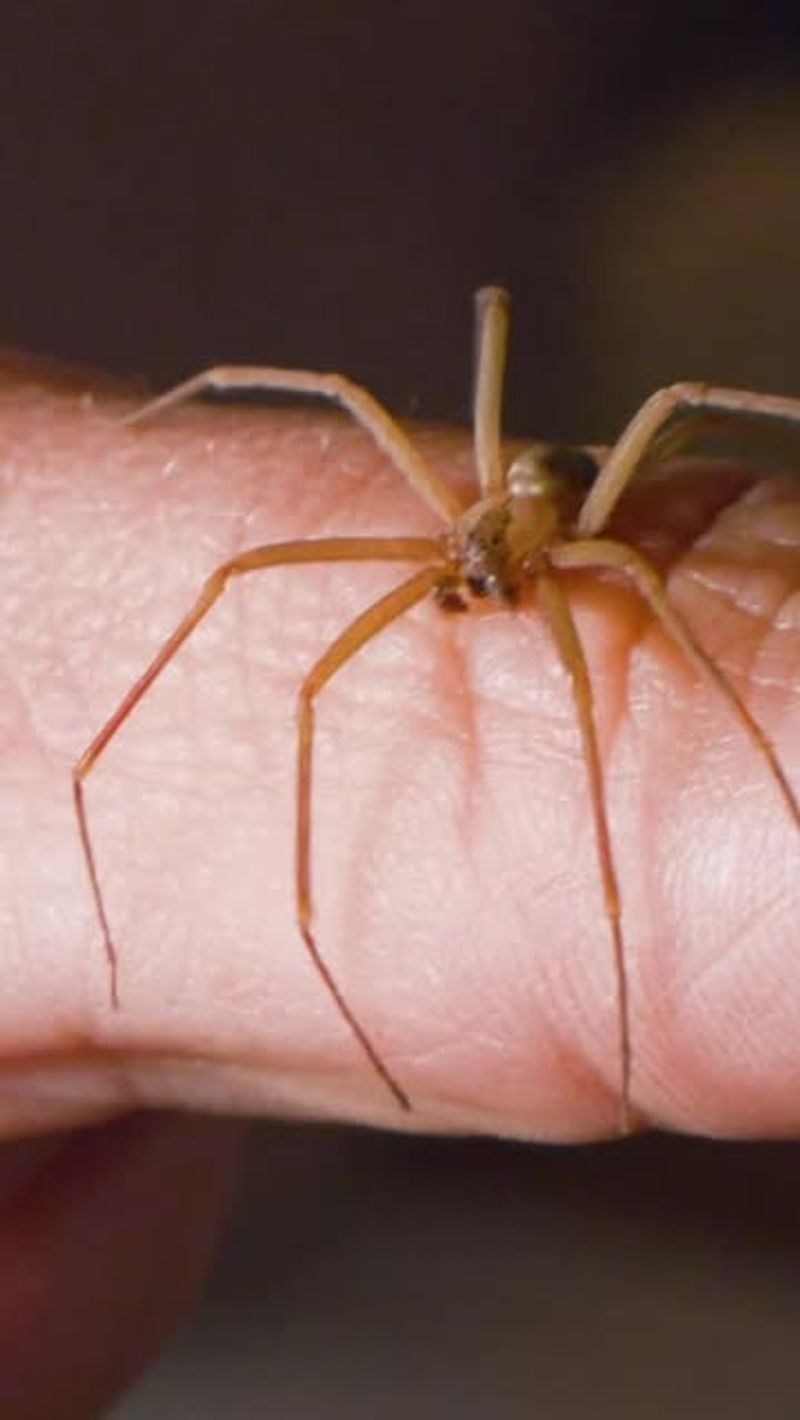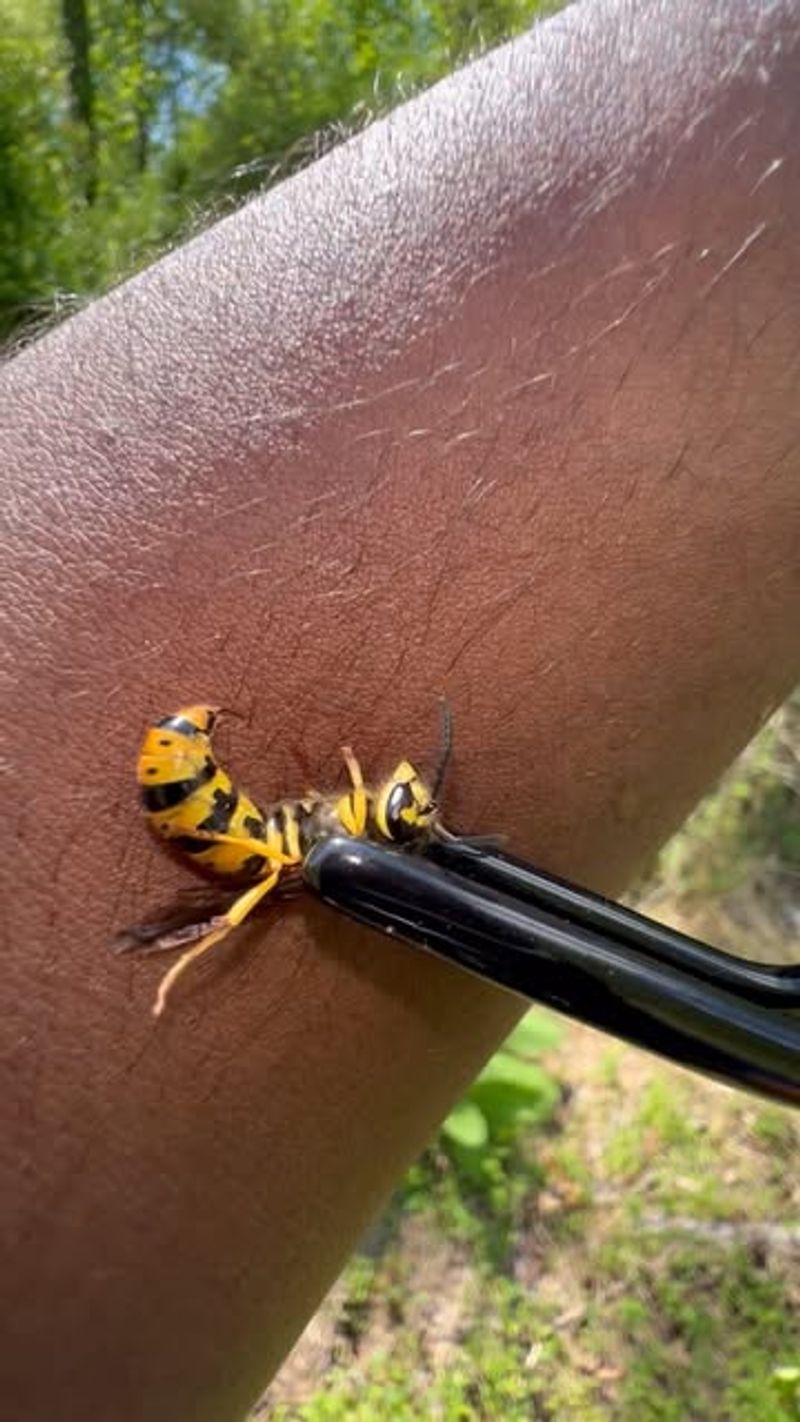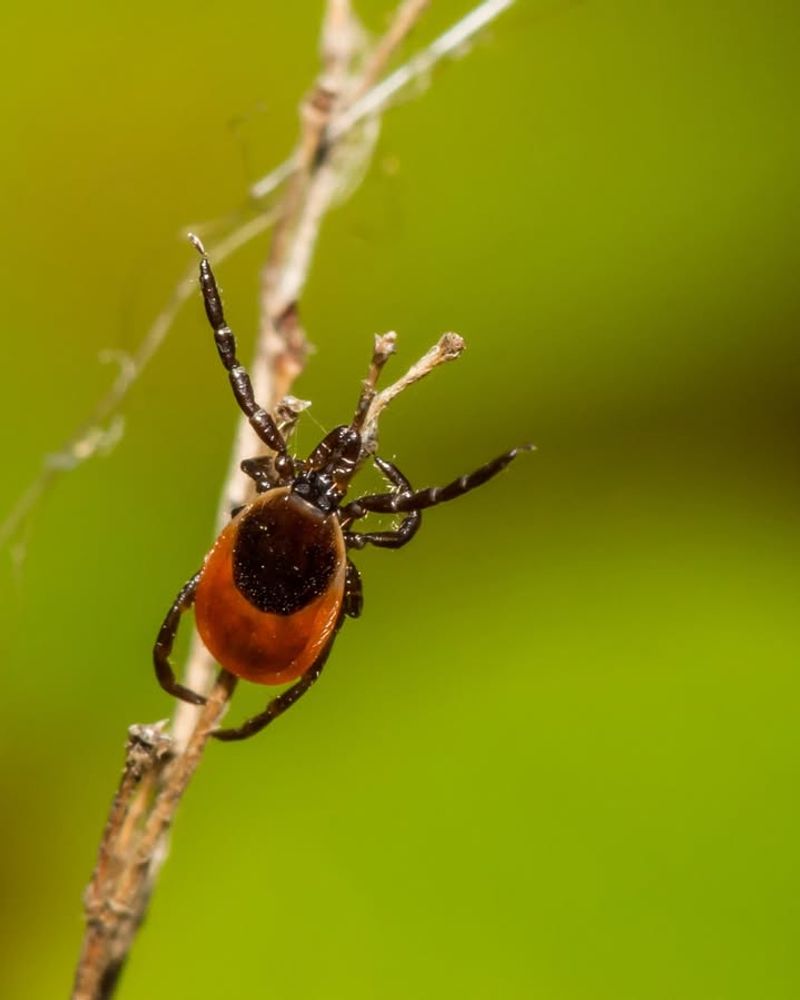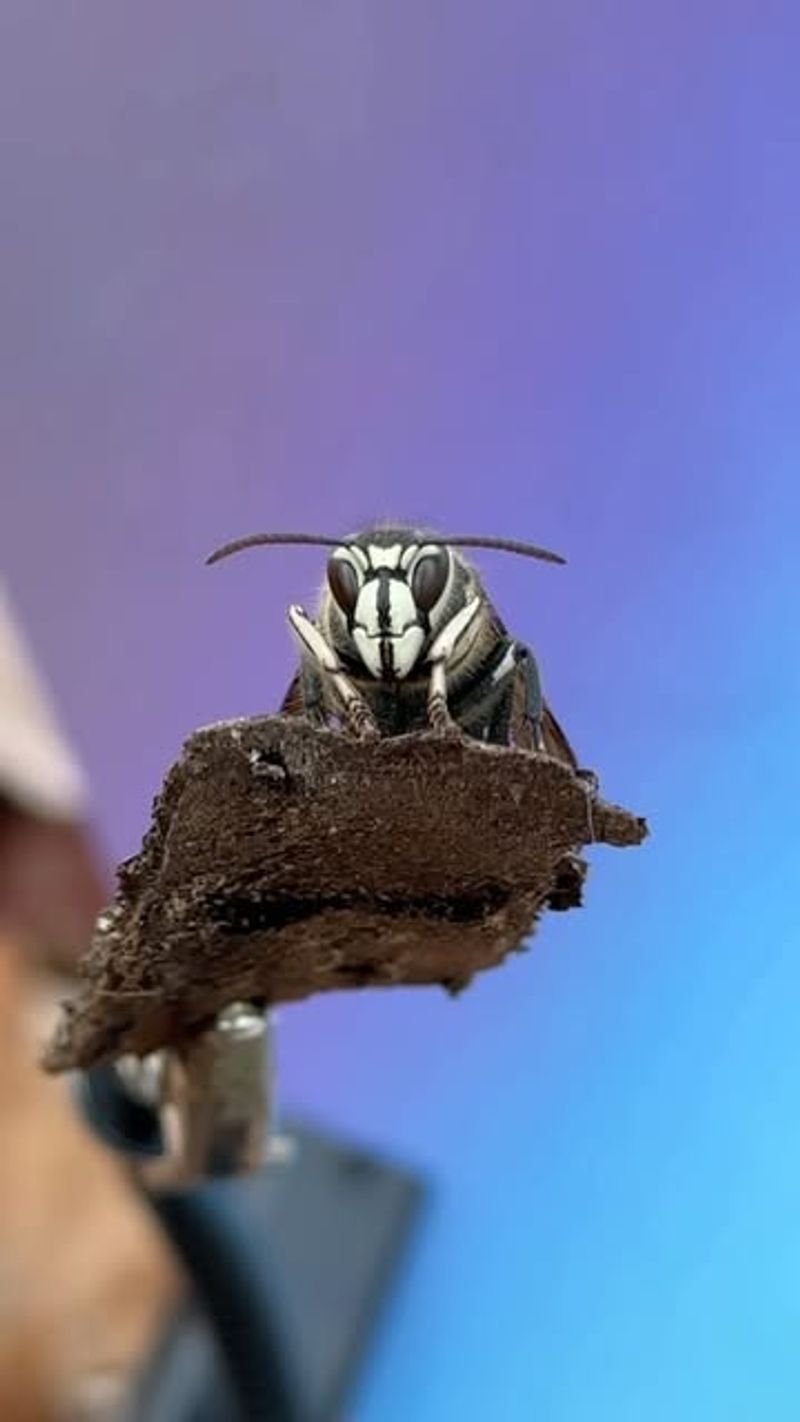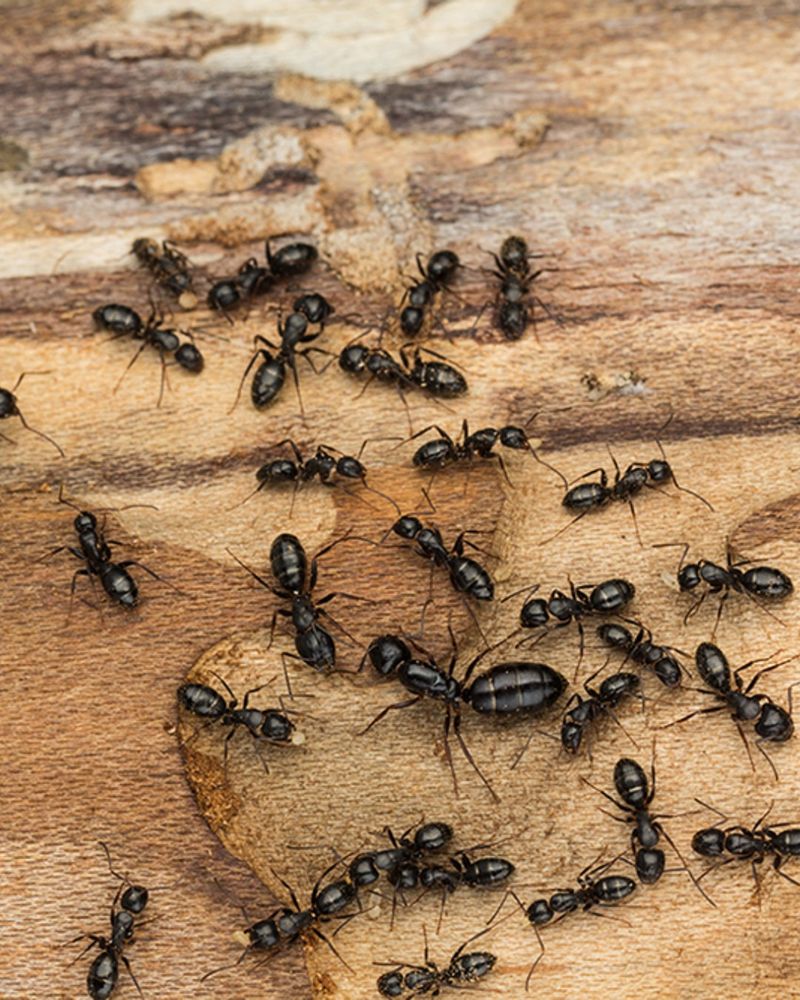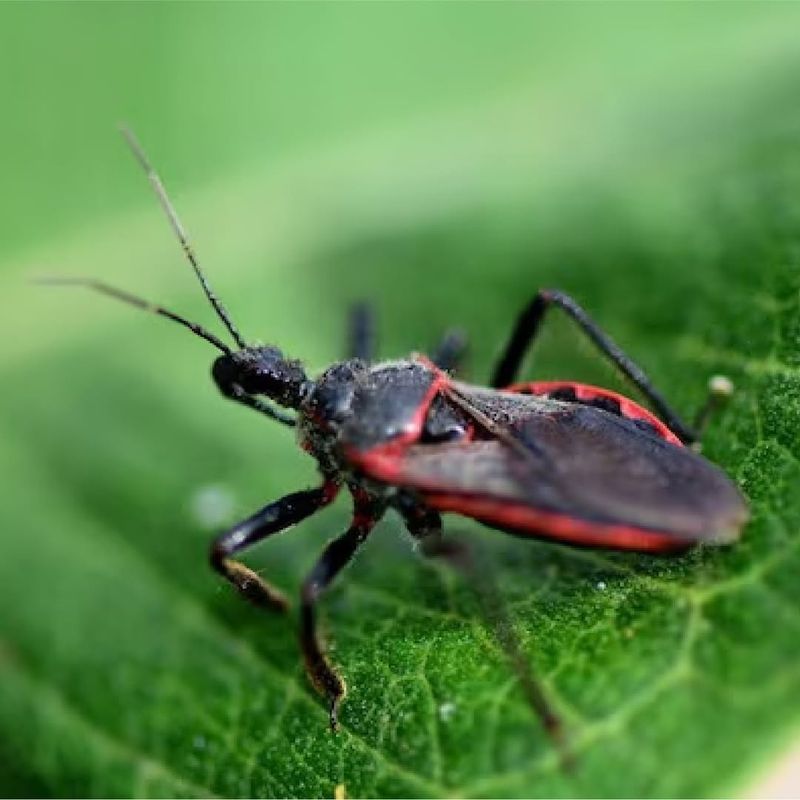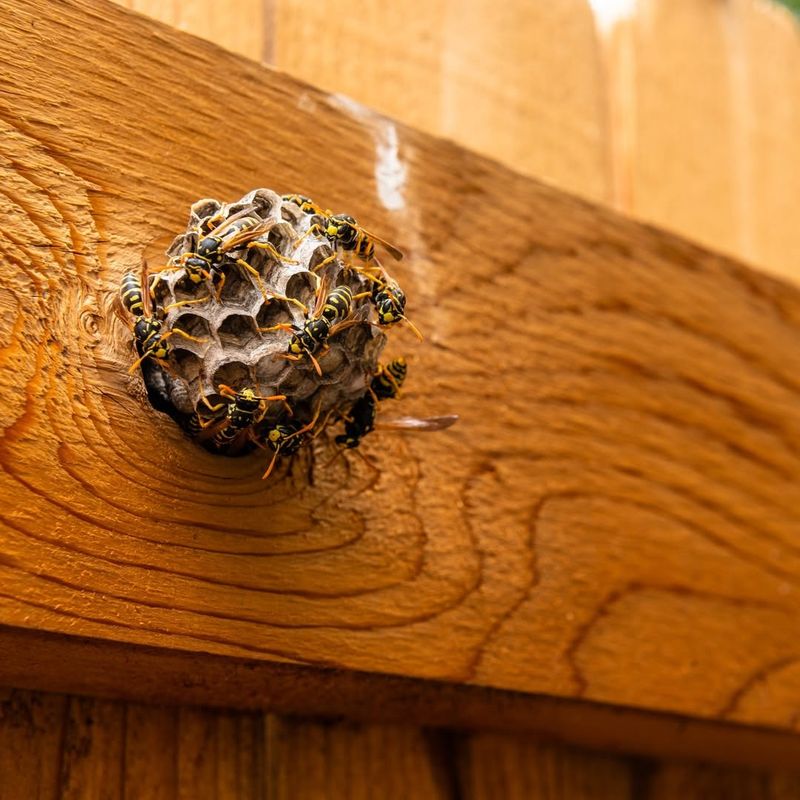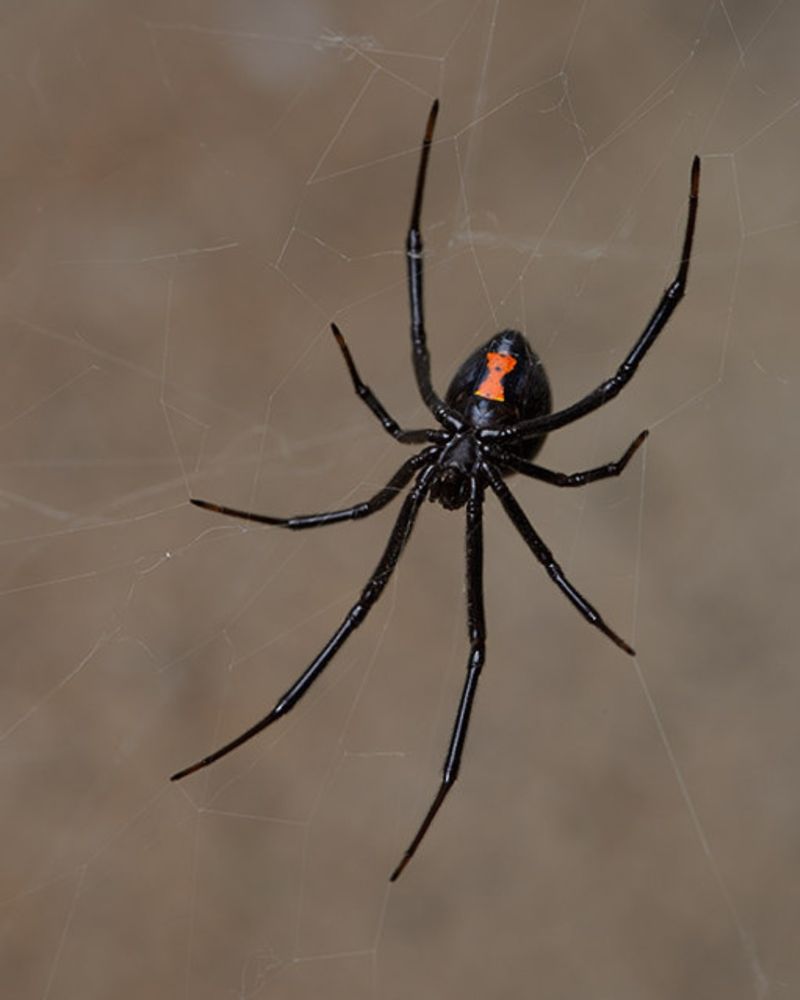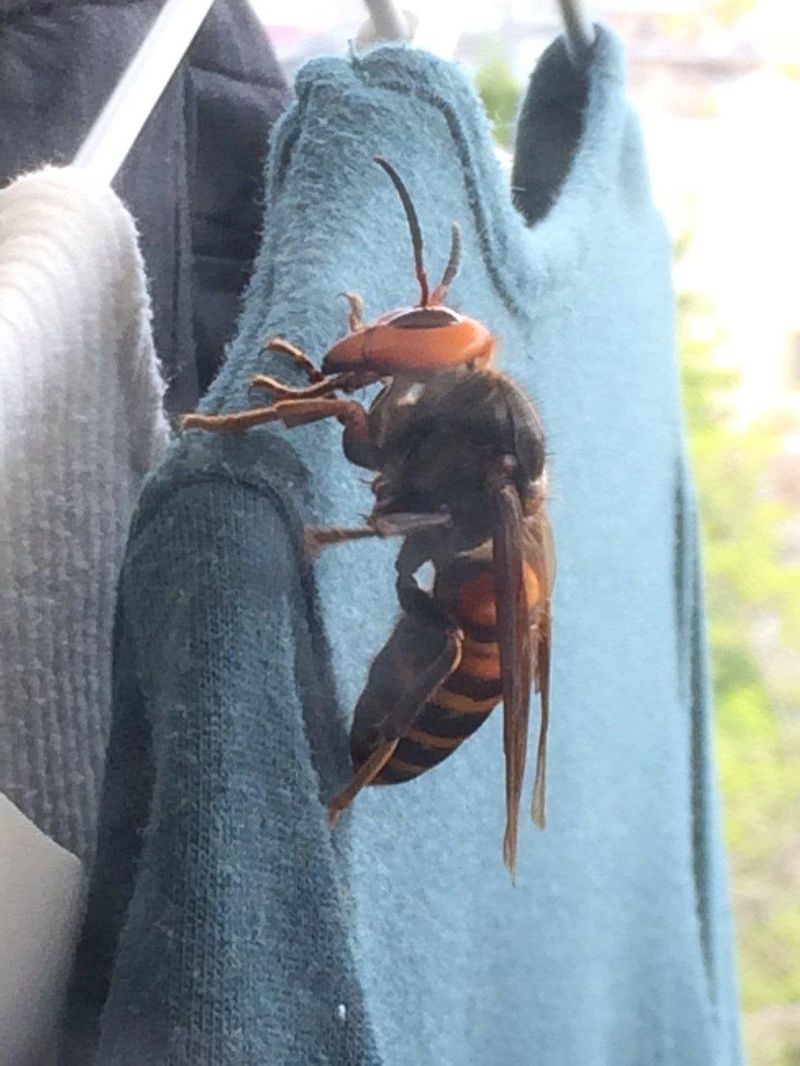Wisconsin summers bring beautiful weather and outdoor fun, but they also invite some unwelcome guests into your home and yard. Some insects pose real threats to your family, pets, and property, making it important to identify and remove them quickly.
Knowing which bugs require immediate action can protect your household from painful stings, disease, and structural damage. Here are the insects every Wisconsin homeowner should watch for and eliminate without delay.
1. Brown Recluse Spider
Spotting a brown recluse in your Wisconsin home means trouble. Its venomous bite can cause severe tissue damage and painful wounds that take months to heal.
Look for the violin-shaped mark on its back and six eyes instead of the usual eight. These spiders hide in dark, undisturbed places like closets, attics, and basements.
They’re not aggressive but will bite if threatened or accidentally pressed against skin. Call a pest control professional immediately if you find one, as they often live in groups.
2. Yellow Jacket Wasp
With a temper as fiery as their stripes, yellow jackets become extremely aggressive when defending their nests. Unlike honeybees, these wasps can sting multiple times, injecting venom that causes intense pain and swelling.
For people with allergies, encounters can turn life-threatening within minutes. Wisconsin sees peak yellow jacket activity in late summer when colonies grow largest.
Their nests often appear in wall voids, under porches, or underground. Never attempt to remove a nest yourself—one disturbance can send hundreds of angry wasps swarming.
3. Deer Tick
Smaller than a sesame seed, the deer tick carries Lyme disease and other serious illnesses throughout Wisconsin.
These tiny vampires latch onto skin and feed for days, transmitting bacteria that can cause lifelong health problems if left untreated. Check yourself, children, and pets thoroughly after spending time outdoors, especially in wooded or grassy areas.
Remove any attached ticks immediately with tweezers, pulling straight up without twisting. Wisconsin reports thousands of Lyme disease cases annually, making tick prevention absolutely essential for homeowners.
4. Bald-Faced Hornet
Don’t let the name fool you—this aggressive insect is actually a wasp, not a true hornet. Bald-faced hornets build massive paper nests the size of basketballs in trees and under roof eaves.
They fiercely protect their colonies and will chase intruders for considerable distances. Their stings deliver powerful venom that causes immediate pain and swelling.
Multiple stings can overwhelm even healthy adults. Wisconsin homeowners should never approach these nests, as disturbing one releases dozens of defenders ready to attack anything nearby.
5. Carpenter Ant
Carpenter ants don’t eat wood—they excavate it to build sprawling colonies inside your home’s structure. Over time, these industrious insects weaken beams, joists, and framing, causing thousands of dollars in repairs.
You’ll notice piles of sawdust near baseboards or windowsills as evidence of their destructive work. Wisconsin’s humid climate creates perfect conditions for carpenter ant infestations, especially in homes with moisture problems.
Large black ants wandering inside during winter signal an established colony living within your walls. Professional treatment becomes necessary once colonies take hold.
6. Kissing Bug
Named for their habit of biting near the mouth, kissing bugs spread Chagas disease through their infected feces. Though rare in Wisconsin, warming temperatures have expanded their range northward in recent years.
Their bites often go unnoticed initially but can lead to serious heart and digestive problems over time.
These flat, dark insects with orange markings hide in cracks during the day and emerge at night to feed on sleeping humans. Seal all entry points around windows, doors, and foundations to keep them out completely.
7. Paper Wasp
Paper wasps construct umbrella-shaped nests under eaves, deck railings, and porch ceilings throughout Wisconsin neighborhoods. While less aggressive than yellow jackets, they’ll vigorously defend their homes when threatened.
Their stings pack enough punch to ruin outdoor gatherings and send allergic individuals to emergency rooms. Early spring offers the best removal window when only the queen occupies the small starter nest.
By summer, colonies grow to dozens of workers ready to attack. Remove nests after dark when wasps are less active and dormant.
8. Black Widow Spider
The shiny black widow ranks among North America’s most venomous spiders, and Wisconsin hosts a small but concerning population. Females sport the famous red hourglass marking underneath their abdomens.
Their neurotoxic venom attacks the nervous system, causing severe muscle cramps, nausea, and breathing difficulties requiring immediate medical attention.
These reclusive spiders prefer dark, undisturbed spaces like woodpiles, garages, and crawl spaces. Always wear gloves when reaching into storage areas. If bitten, seek emergency care immediately—antivenom exists but works best when administered quickly.
9. Asian Giant Hornet
Nicknamed the murder hornet, this invasive species measures up to two inches long with a painful, venomous sting. Though not yet established in Wisconsin, sightings in neighboring states have experts worried.
A single hornet can decimate an entire honeybee hive in hours, threatening pollination and agriculture. Their stings deliver more venom than any other insect, causing extreme pain and tissue damage.
Multiple stings can prove fatal even without allergies. Report any suspected sightings to Wisconsin’s Department of Agriculture immediately to prevent establishment.

